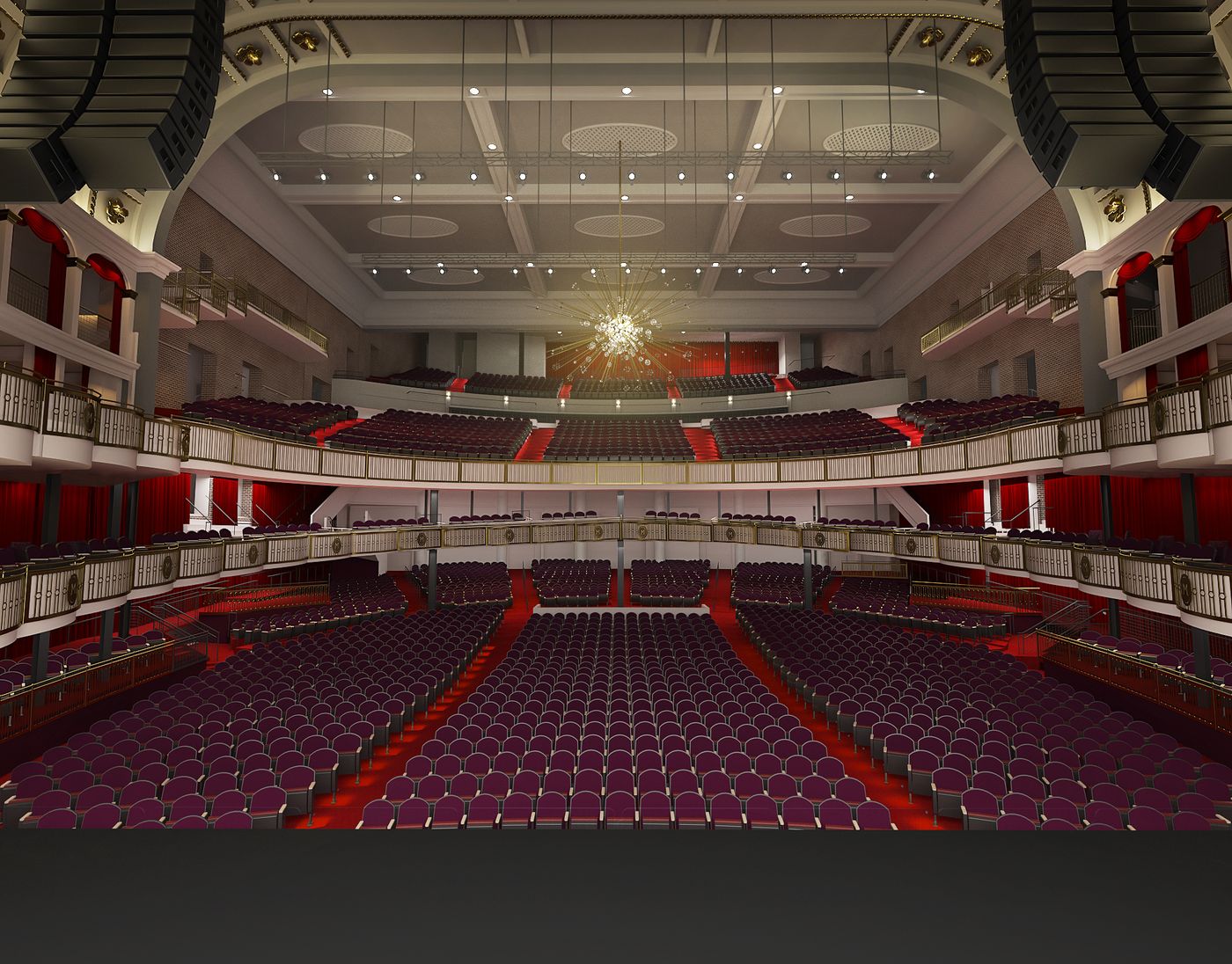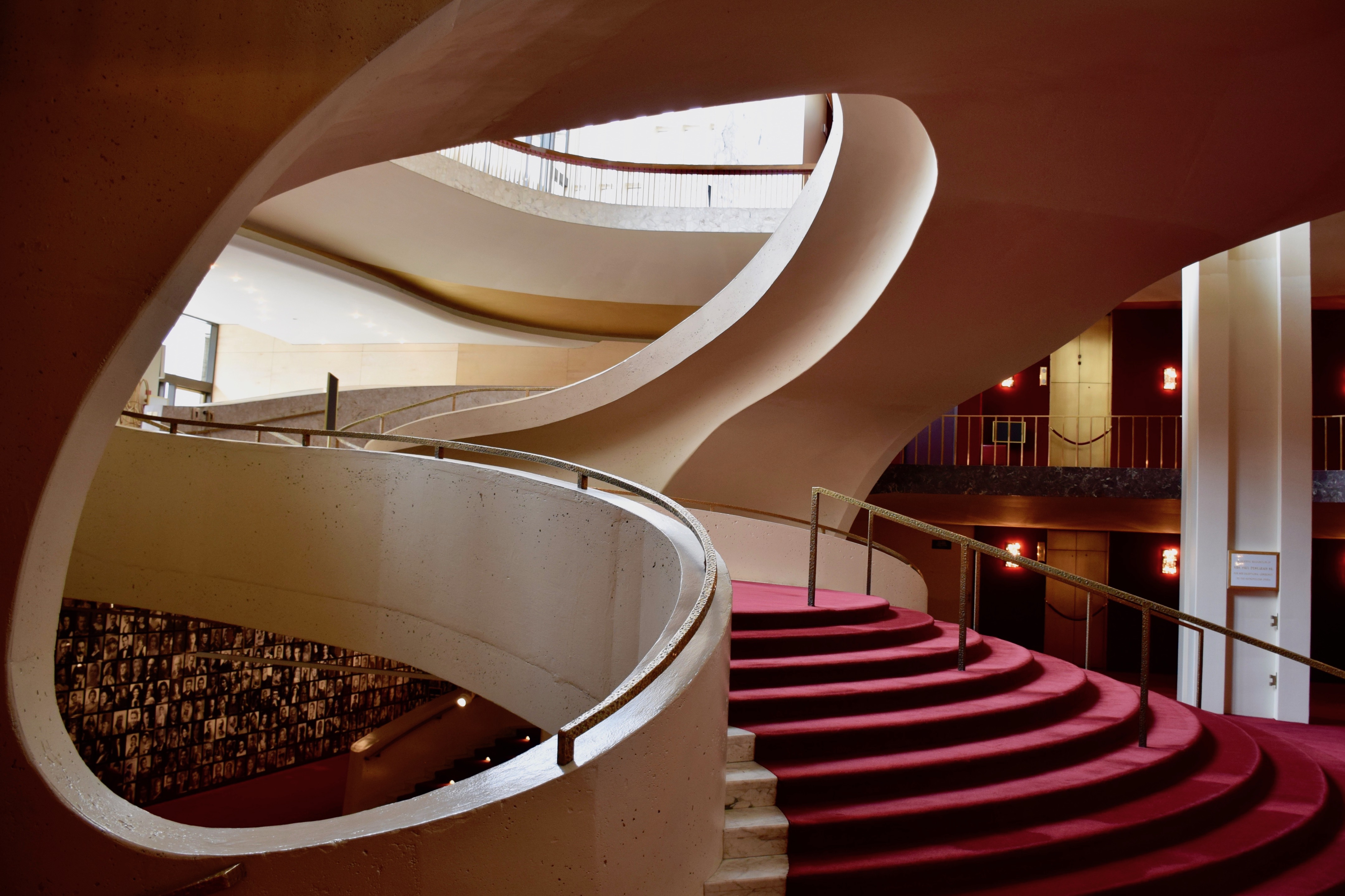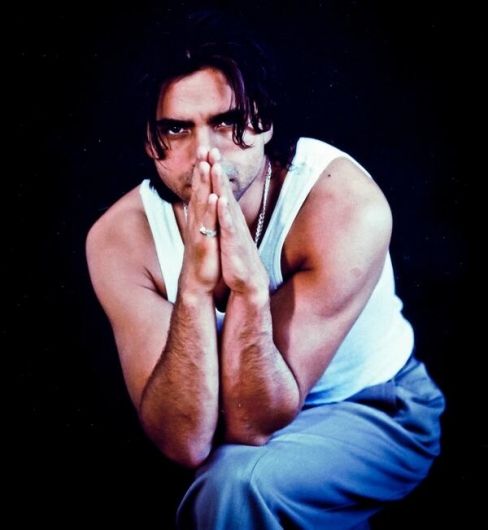Table Of Content

The producing company's financial difficulties continued in the years immediately following the desperate season of 1933–34. To meet budget shortfalls, fundraising continued and the number of performances was curtailed. Still, on given nights the brilliant Wagner pairing of the Norwegian soprano Kirsten Flagstad with the great heldentenor Lauritz Melchior proved irresistible to audiences even in such troubled times. To expand the Met's support among its national radio audience, the Met board's Eleanor Robson Belmont, the former actress and wife to industrialist August Belmont, was appointed head of a new organization—the Metropolitan Opera Guild—as successor to a women's club Belmont had set up. In that year the company began a series of live television broadcasts on public television with a wildly successful live telecast of La bohème with Renata Scotto and Luciano Pavarotti. This series remained on the air until the early 2000s, although the live broadcasts gave way to taped performances and in 1988 the title was changed to The Metropolitan Opera Presents.
X: The Life and Times of Malcolm X
If you’re not bothered by spoilers, go ahead and read opera’s summary on either the Met’s site or Wikipedia. The Metropolitan Opera sells tickets in the back of the family circle for around $40. While you’ll want to bring binoculars, opera buffs claim these seats offer the best sound quality.
Upcoming Performances
After numerous revisions to its design, the new building opened September 16, 1966, with the world premiere of Samuel Barber's Antony and Cleopatra. The administration of Heinrich Conried in 1903–08 was distinguished especially by the arrival of the Neapolitan tenor Enrico Caruso, the most celebrated singer who ever appeared at the old Metropolitan. Architect Wallace K. Harrison, Lincoln Center President William Schuman, and Met General Manager Rudolf Bing admire the new Met’s nearly complete auditorium.
Met Titles
Please note that video cameras will be in operation during the November 14 and November 18 performances as part of the Met’s Live in HD series of cinema transmissions. Wolfgang Amadeus Mozart (1756–91) was the son of a Salzburg court musician who exhibited him as a musical prodigy throughout Europe. His achievements in opera, in terms of beauty, vocal challenge, and dramatic insight, remain unsurpassed. Librettist Lorenzo Da Ponte (1749–1838), who led an adventurous life in Venice and Vienna, also collaborated with Mozart on Le Nozze di Figaro and Così fan tutte. He later emigrated to America, where he served as the first professor of Italian at New York’s Columbia College (now University).
Review: A Fierce Soprano Arrives at the Met in ‘Madama Butterfly’

Attending the opera for the first time can be intimidating, but with the right attitude, it's as accessible as a night at the theatre—and a far cry from the sacrosanct experience it's often portrayed to be. Mozart’s score for this opera teems with the elegance and grace that marks his entire output, which is already evident in the ravishing overture. Don Giovanni’s famous Champagne Aria is exhilarating but almost vulgar, while the ineffectual loveliness of the tenor Don Ottavio is depicted in the long, languid lines of the character’s two ravishing solos, “Dalla sua pace” and “Il mio tesoro.” Donna Anna’s nobility are well reflected in her major arias.
Most operas have at least one intermission—use that time to grab a glass of champagne or a quick bite (view food and drink options) and explore the opera house. Visit the Grand Tier level to see Marc Chagall’s famous murals hanging on either side of the house, then take in the view of Lincoln Center Plaza from the balcony. And the Met Opera Shop, located in the north lobby, has recordings and gifts to help you commemorate your visit. The Metropolitan Opera is a vibrant home for the most creative and talented singers, conductors, composers, musicians, stage directors, designers, visual artists, choreographers, and dancers from around the world. Carrie Cracknell’s electrifying modern-day staging stars Clémentine Margaine, reprising her captivating portrayal of the title role, and Michael Fabiano, who makes his company role debut as Don José.
The True Story of the New Metropolitan Opera Opening Night - Town & Country
The True Story of the New Metropolitan Opera Opening Night.
Posted: Sun, 17 Dec 2023 08:00:00 GMT [source]
The immediate post-Bing era saw a continuing addition of African-Americans to the roster of leading artists. Kathleen Battle, who in 1977 made her Met debut as the Shepherd in Wagner's Tannhäuser, became an important star in lyric soprano roles. Bass-baritone Simon Estes began a prominent Met career with his 1982 debut as Hermann, also in Tannhäuser. His immediate successor, the former Met bass Herbert Witherspoon, died of a heart attack barely six weeks into his term of office.[37][38][39] This opened the way for the Canadian tenor and former Met artist Edward Johnson to be appointed general manager. Johnson served the company for the next 15 years, guiding the Met through the remaining years of the depression and the World War II era.
Where is the Met Gala?
John Adams’s fourth full-length opera was first performed in San Francisco in 2017. Then the music of Girls of the Golden West played for almost three hours, but after two reworkings – the first for the European premiere in Amsterdam in 2019, the second for the concert performances in Los Angeles last year on which this recording is based – it runs for just over two. The Metropolitan Opera House was built by Hammerstein to be the home of his then new opera company, the Philadelphia Opera Company (POC). McElfatrick & Son to design the opera house in 1907, and construction began the following year. When it opened as the Philadelphia Opera House in 1908, it was the largest theater of its kind in the world, seating more than 4,000 people. Built over the course of just a few months in 1908, it was the ninth opera house built by impresario Oscar Hammerstein I. It was initially the home of Hammerstein's Philadelphia Opera Company, and called the "Philadelphia Opera House".
The Met's Music Director Yannick Nézet-Séguin on New Operas Versus the Classics - Playbill
The Met's Music Director Yannick Nézet-Séguin on New Operas Versus the Classics.
Posted: Thu, 21 Mar 2024 07:00:00 GMT [source]
Metropolitan Opera House (Lincoln Center)
English StreamText captioning is available for the Met’s transmission of Don Giovanni here. A transcript of the transmission will also be available to view after the live performance. The Lincoln Center “park and lock” parking garage is located underneath Lincoln Center.
Sopranos Federica Lombardi, Ana María Martínez, and Ying Fang make a superlative trio as Giovanni’s conquests—Donna Anna, Donna Elvira, and Zerlina—and tenor Ben Bliss is Don Ottavio. This live cinema transmission is part of the Met’s award-winning Live in HD series, bringing opera to movie theaters across the globe. The Metropolitan Opera was founded in 1883, with its first opera house built on Broadway and 39th Street by a group of wealthy businessmen who wanted their own theater. In the company’s early years, the management changed course several times, first performing everything in Italian (even Carmen and Lohengrin), then everything in German (even Aida and Faust), before finally settling into a policy of performing most works in their original language, with some notable exceptions. The stage facilities, state of the art when the theater was built, continue to be updated technically and are capable of handling multiple large complex opera productions simultaneously.

Beyond these experiments, however, and an occasional gala or special, the Met did not become a regular presence on television until 1977. Outside of New York the Met has been known to audiences in large measure through its many years of live radio broadcasts. The Met's broadcast history goes back to January 1910 when radio pioneer Lee de Forest broadcast experimentally, with erratic signal, two live performances from the stage of the Met that were reportedly heard as far away as Newark, New Jersey. Today the annual Met broadcast season typically begins the first week of December and offers twenty live Saturday matinée performances through May. The model of General Manager as the leading authority in the company returned in 1990 when the company appointed Joseph Volpe. Although the house would not officially open for several more months, the first public performance at the new Metropolitan Opera House was a performance of Giacomo Puccini's La fanciulla del West on April 11, 1966, with Beverly Bower as Minnie, Gaetano Bardini as Dick Johnson, and Cesare Bardelli as Jack Rance.
Opera is known for its elevated expression, of which there is plenty in “Butterfly,” a tragedy from start to finish. But Grigorian is the type of singer who also behaves like a skilled, nuanced actress. She persuasively inhabits a character, imbuing performances of plush lyricism with empathy, sophistication and even a touch of spontaneity. In the most heartbreaking scene of Puccini’s opera “Madama Butterfly,” the title character waits.
Regular broadcasts of complete operas began March 11, 1933, with the transmission of Tristan und Isolde with Frida Leider and Lauritz Melchior. Increasing the number of new productions every season to keep the Met's stagings fresh and noteworthy, Gelb partnered with other opera companies to import productions and engaged directors from theater, circus, and film to produce the Met's own original productions. Theater directors Bartlett Sher, Mary Zimmerman, and Jack O'Brien joined the list of the Met's directors along with Stephen Wadsworth, Willy Decker, Laurent Pelly, Luc Bondy and other opera directors to create new stagings for the company. Robert Lepage, the Canadian director of Cirque du Soleil, was engaged by the Met to direct a revival of Der Ring des Nibelungen using hydraulic stage platforms and projected 3D imagery.

No comments:
Post a Comment